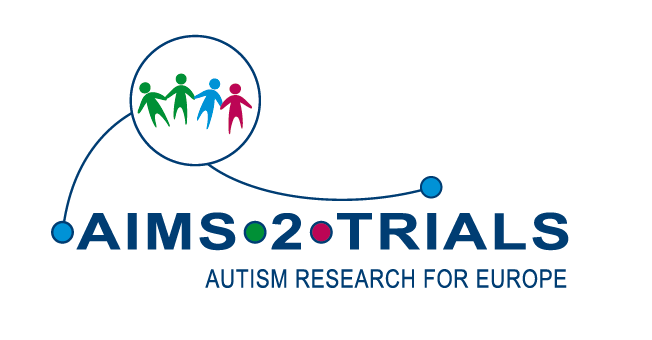Influence of Our Early Environment

This study explores whether the likelihood that a child will develop autism or neurodevelopmental difficulties is affected by factors in their environment.
Around 4,500 children aged 3 to 12 years old will take part in tasks on an electronic tablet that assess their attention, responses to different types of rewards, social behaviours, and whether they show any emotional and behavioural problems. Researchers will also measure the children’s brain activity using a technique called electroencephalography (EEG). This involves placing small sensors on a child’s head to record the electrical activity that their brains produce naturally. The sensors record but do not emit electricity and are painless. Children can sit on their parents lap or play with toys during the recording. Mothers will also complete questionnaires about their child’s environment and development.
Around 500 of the children who show symptoms of autism will then take part in a more detailed assessment. During the second stage, children will take part in a task that tracks what they choose to look at most, because it is thought that many children with autism prefer to look at objects rather than at people or faces.
The study is called the South African Safe Passage Study, or PASS for short. It builds on a previous study in Cape Town, South Africa, that involved the same participants plus an extra 2,500 pairs of mothers and children. Researchers followed them from before birth until the end of the child’s first year of life. The study did not focus on autism and instead considered the role of environmental risk factors in stillbirth and sudden infant death syndrome (SIDS). Factors that can increase the risk of still birth and SIDS include infections during pregnancy, alcohol or drug consumption, malnutrition, stress and trauma. The study produced useful data on the children’s development that may provide insights into how these and other environmental factors can affect the likelihood of developing autism. Some factors may increase this likelihood, while others may reduce it, even in those whose family members are autistic.
Another aspect of the study will look at biomarkers. AIMS-2-TRIALS researchers hope to identify biomarkers of autism in their research involving European families. It will be important to check that these biomarkers are useful in larger groups of people and in those from different backgrounds. Therefore, the researchers may check that biomarkers identified in European studies also apply when tested in the South African participants.
Leaders of the PASS Study
Lead organisation: King’s College London, Stellenbosch University, Birkbeck College, Bristol University, Columbia University
Lead: Prof Hein Odendaal
Principle Investigators:
- Before birth and during infancy section: Profs Declan Murphy, and David Edwards, Prof Johnson and Dr Jones, Prof Hein Odendaal (Stellenbosch University), Dr Cilla Springer, and Prof Bill Fifer
- Social and cognitive development section: Dr Eva Loth
- Epidemiology section: Profs Marcus Munafò and Debbie Lawlor
- Advisor: Prof Bill Fifer (Columbia)
Research Centres: Stellenbosch University, King’s College London, Birkbeck College, Bristol University







